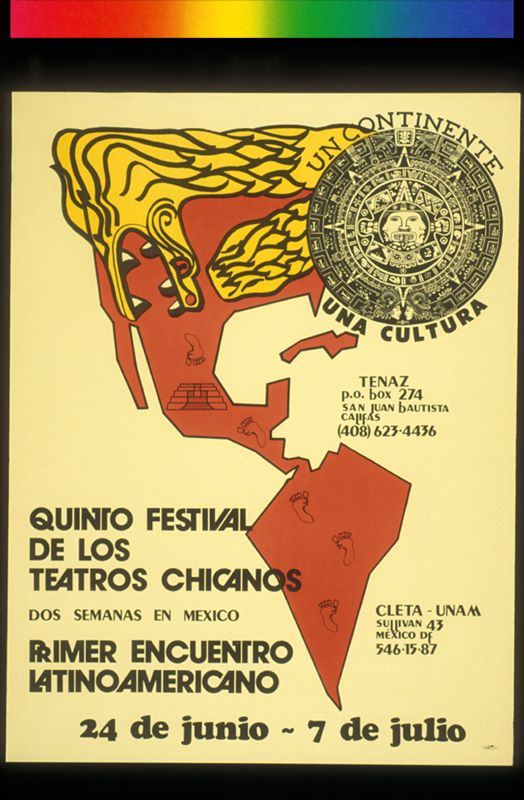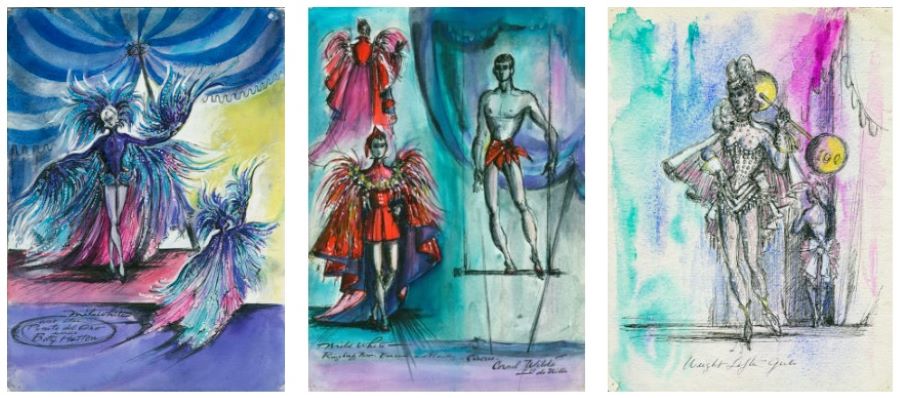1864 (160 years ago)

The Dramatic Oil Company, partly owned by John Wilkes Booth, closed. John Ellsler, the manager of the Cleveland Academy of Music, and Thomas Mears, a former prizefighter, had joined forces to form the company in 1863 with Booth, considered by some the most handsome man on the American stage. Then 24 years old, Booth had made $20,000 (about $490,000 in today’s dollars) in the 1862 season and began buying property and investing his wealth, including an $8,000 lot in Boston named after his mother. On May 28, Booth briefly left his job as an actor in Boston to focus on the oil business full time. The Dramatic Oil Company’s Wilhelmina, Pa., well was producing 25 barrels of oil per day—not as much as Booth and his co-founders desired. They decided to “shoot” their well, a risky choice which entailed detonating black powder deep in the well to fragment rock formations that were blocking access to the oil. According to Thomas Mears’s son, Frank, “The blast utterly ruined the hole, and the well never yielded another drop.” All told, Booth lost $6,000 on the Wilhelmina well, and he left Pennsylvania in July 1864. The next month, Booth met with Samuel Arnold and Michael O’Laughlen, and began devising a plan to kidnap President Abraham Lincoln. This plan would ultimately fail to come to fruition before Booth assassinated Lincoln in April 1865.

1914 (110 years ago)
On July 27, the prolific and versatile costume designer Miles E. White was born in Oakland, Calif. White’s design career spanned 50 years, including the original productions of Rodgers and Hammersein’s Oklahoma! and Carousel. White’s designs dominated Broadway stages for more than two decades, and he received Tony Awards for Bless You All in 1951 and Hazel Flagg in 1953. He was also associated with his iconic costumes for the Ringling Brothers and Barnum & Bailey Circus, and was partly responsible for developing the idea of themed circuses, as opposed to a series of disparate performances set to occur under one big tent. Jennifer Lemmer Posey, curator of the John and Mable Ringling Museum of Art, writes that White “started that just by coordinating the color all the way through a production.” White’s work extended from the circus, Broadway stage, and film to ice shows and ballets—a reflection of his ability to, as theatre historian Mary Henderson writes, create costumes “constructed to move with the performer’s body, not an easy feat.”
1969 (55 years ago)

Actress Tanya Berezin, director Marshall W. Mason, director Rob Thirkield, and playwright Lanford Wilson formed the Circle Theater Company, later renamed the Circle Repertory Company, in Greenwich Village on July 14. While Circle Repertory Company also produced classic plays, its influence as a new-play development center was profound, with New York Times critic Mel Gussow lauding Circle Rep’s leadership in 1974 as a “chief provider of new American plays.” Beginning in a second floor loft at Broadway and 83rd Street, the Circle Repertory Company worked with a phenomenal group of playwrights, directors, and actors, including Joan Allen, John Bishop, Christopher Reeve, Kathy Bates, Arthur Kopit, John Malkovich, Demi Moore, and Beatrice Straight, among others. In 1981, Circle Rep worked with the Dramatists Guild to develop the Young Playwrights Festival, founded by Stephen Sondheim, in which 10 plays from authors aged 8 to 18 were chosen for full productions. The company’s development and production of Wilson’s Talley’s Folly led to the play’s 1980 Pulitzer Prize win, and the theatre also received numerous Drama Desk Awards, Obie Awards, and the 1991 Lucille Lortel Award for Outstanding Achievement Off-Broadway. Circle Repertory Company eventually closed in 1996 after 27 years of productions.
1974 (50 years ago)

The Quinto Festival De Teatros Chicanos closed on July 12 after a two-week series of 300 performances between Mexico City and Tajin, Veracruz. The Festival was organized by the National Theatre of Aztlán (TENAZ), a consortium of Chicano theatres, as well as the Grupo los Mascarones and the Centro Libre de Experimentación Teatral y Artística (CLETA), an association of Mexican teatros. The Quinto Festival’s purpose was to reconnect Mexicans, Latin Americans, and Chicano/as through performance and theatre. This mission was reflected in the festival’s motto, “Un Continente, Una Cultura, Por Un Teatro Libre y Para la Liberación” (“One Continent, One Culture, for a Free Theatre and for Liberation”). As theatre historian Alma Martinez argues, this search for unity was undercut by significant philosophical and political differences among the 700 theatremakers who attended the festival. Luis Valdez, the founder of El Teatro Campesino, and Augusto Boal, the architect of Theatre of the Oppressed, among others, brought a variety of artistic and political techniques and goals to the festival. These differences came to head during a foro critique (post-performance discussions where peers could offer feedback on each other’s work), of El Teatro Campesino’s La Gran Carpa de Los Rasquachis. During the standing-room-only foro, Boal questioned Valdez’s use of Indigenous and religious imagery and emphasis on nonviolence as a form of resistance. Boal’s commitment to political revolution contrasted with Valdez’s focus on community building. The immediate result of the conflict was a sense of uncertainty and dispiritedness, though Martinez describes the Quinto Festival on the whole as an event with influence and breadth for Latine performance that is “unparalleled in American theatre.”
1999 (25 years ago)

Ping Chong and Company completed a workshop at the Harvard University Institute on the Arts and Civic Dialogue for Chong’s Pojagi. Focused on the history of Korea and its relations with Japan and the U.S. from the 16th century through the end of the 20th, Pojagi premiered officially at La MaMa before touring to South Korea in 2000, and was the fourth and final play in Chong’s “East/West Quartet.” Chong, an interdisciplinary artist, choreographer, videographer, and director, created his East/West Quartet over the course of the 1990s. The series begins with Deshima (1990), a “documentary collage” about the interaction between the West and Japan. Chong followed with Chinoiserie (1995), an exploration of China’s history with European and American powers, and After Sorrow (1997), a play largely about the war in Vietnam. Together, historian Esther Kim Lee describes Chong’s works as “using a unique aesthetic sensibility that stems from Cantonese opera…and develops out of his training in film, visual arts, and modern dance. Because his style is difficult to categorize, Chong has been at the margins of both Asian American theatre and American avant-garde theatre.” Chong’s The East/West Quartet was published as a collection in 2004 by TCG.

2014 (10 years ago)
After 17 previews and 38 performances, Holler If Ya Hear Me, a “jukebox” musical featuring the work of rapper Tupac Shakur, closed at the Palace Theatre on Broadway on July 20. Directed by Kenny Leon, with a book by Todd Kreidler, the musical avoided focusing on Shakur’s biography. Instead, Holler is set “NOW on MY BLOCK, a Midwestern industrial city,” pointing to social issues of inner-city life that were much of the focus of Shakur’s music. A cast led by Christopher Jackson and Tonya Pinkins played two gangs vying for dominance while individuals within those gangs dream of a better life. Holler was the first attempt to use a single rap artist’s catalog as the score for a Broadway musical. It did not have a chance to find its audience before its closure, something producer Eric L. Gold blamed on the financial burdens of Broadway, lukewarm critical reception, and a rushed developmental process. The first regional production, directed again by Kenny Leon, premiered in September 2017 in Atlanta with his True Colors Theatre Company.


